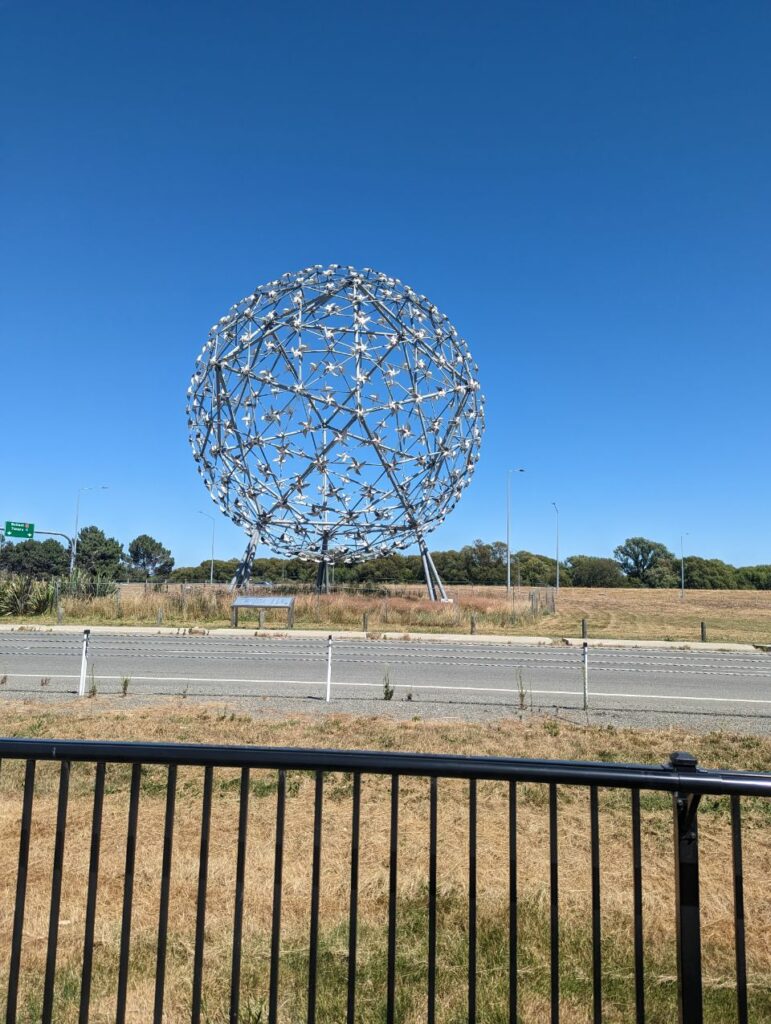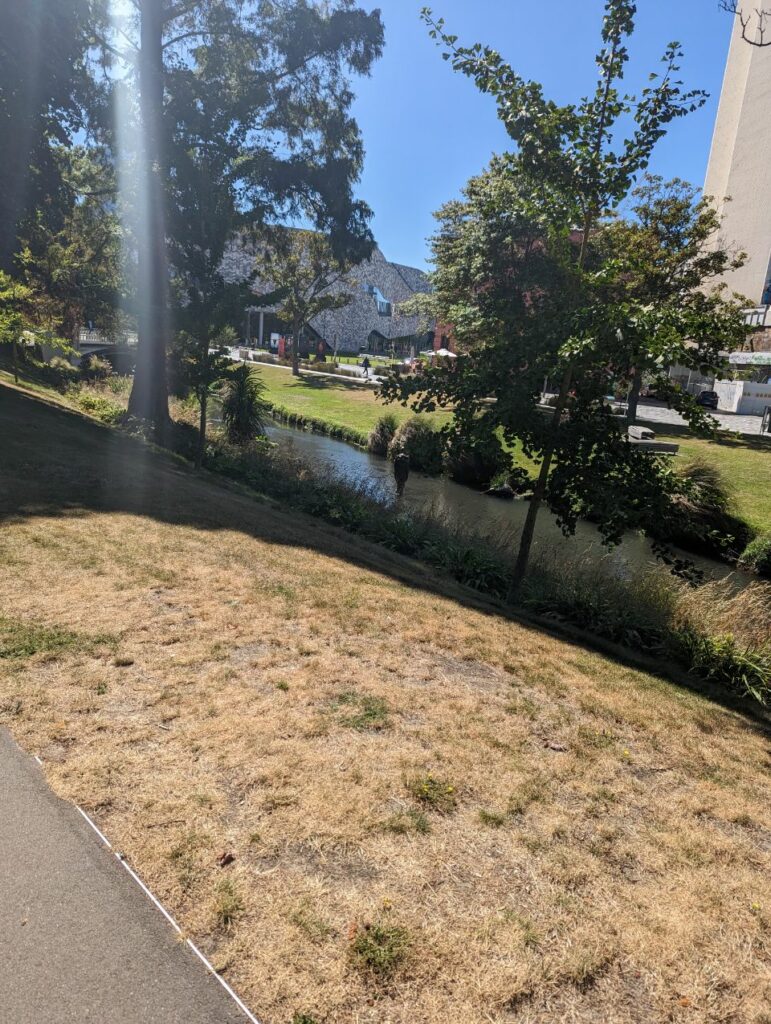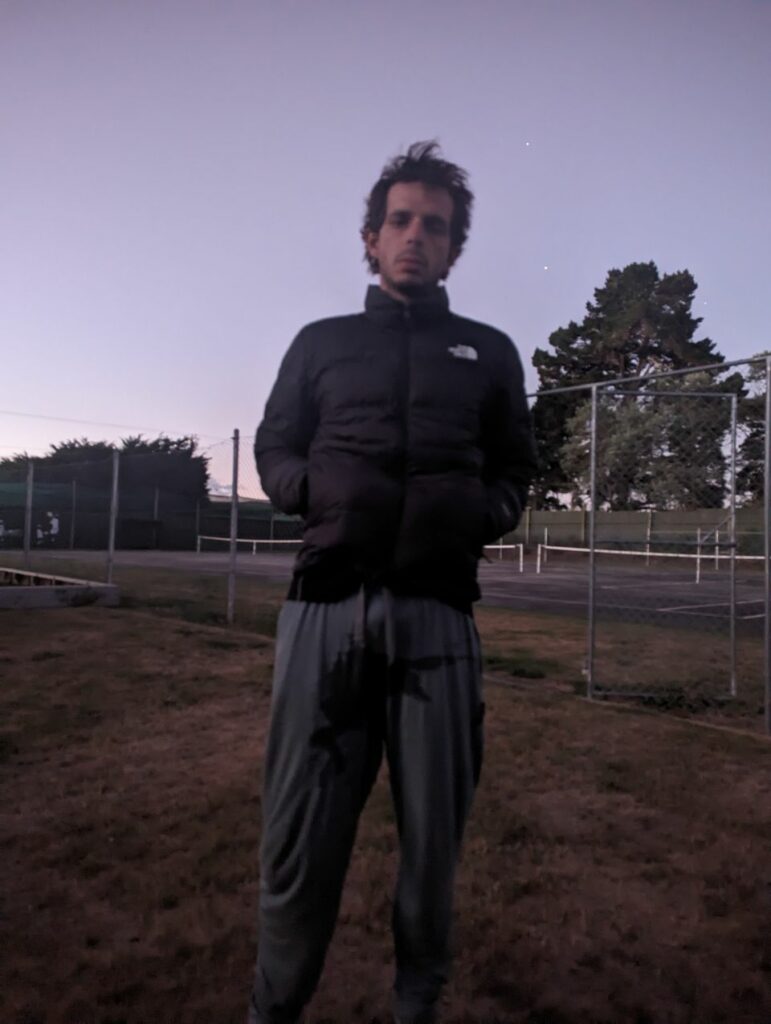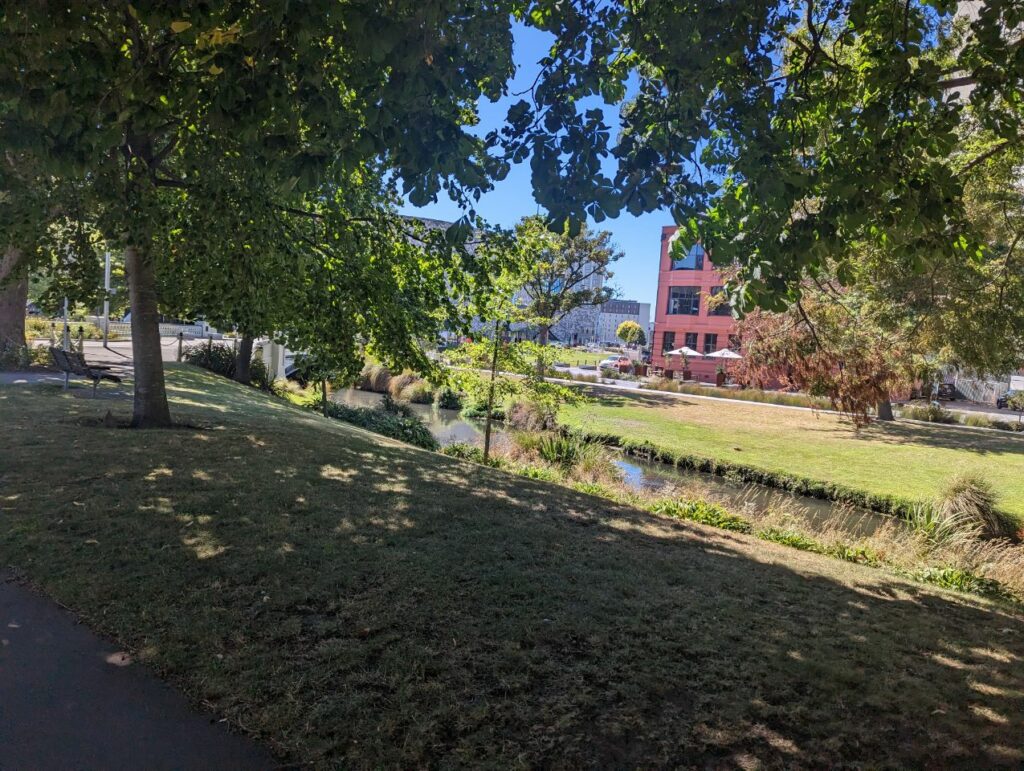
WAIPARA
7 FEBRUAR 2023
On décolle de Christchurch ! Ce soir c’est dans un free camping qu’on dors donc pas de douche La matinée était assez cool Déjeuner sur un banc dans un New World La route est pas incroyable surtout qu’on longe une departementale assez fréquentée Le soir on rejoint le camping avec un vent de fou On a du mal à monter la tente avec tout le vent, les autres campeurs nous proposent de l’aide mais on finit par s’en sortir On mange tant bien que mal à l’abri du vent PS: en arrivant à Waipara on a croisé une fille qui promenait son alpaga en laisse
Waipara is a small town in north Canterbury, New Zealand, on the banks of the Waipara River. Its name translates to « Muddy Water », wai meaning water and para meaning mud.
It is at the junction of state highways 1 and 7, 60 kilometres north of Christchurch. Hanmer Springs is 76 kilometres (55 minutes drive) north of Waipara. It is also situated on the Main North Line railway.
Waipara lies at one of the points of the Alpine Pacific Triangle,[3] which also includes the major tourist centers of Hanmer Springs and Kaikoura.
The Weka Pass Railway has its base in Waipara, and runs on 12 kilometres of track between there and Waikari over the former route of the Waiau Branch, a branch line railway that diverged from the Main North Line and ran to Waiau.[4] The Glenmark station is based in Waipara.
The Glenmark church has closed down. It was damaged during the 2010 Christchurch earthquakes.[5] The Waipara Hotel burnt down in 2014. It was not insured at the time and has not been replaced.[6]
The Waipara region has a reputation as a premium area for the production of Pinot noir, Riesling and Chardonnay. Waipara is sheltered by the Teviot hills from the prevailing cool easterly winds and has the highest summer temperatures and the lowest rainfall of any of the New Zealand wine regions. Because of this, Waipara has over 26 wineries and 80 vineyards within the valley, which collectively produce around 100,000 cases of award-winning wine in an average year.[7] Many of the vineyards offer tastings at their cellar doors and some also have restaurants attached.[8]
There are a number of day walks close in Waipara including Tiromoana Bush Walkway[9][10] and the Mt Cass Walkway[11] which is closed during lambing season. Waipara would have been once been covered in totara, lacebark, kowhai, lancewood and broadleaf forest.[12] It is now predominantly vineyards. There have been a number of ongoing projects to increase the biodiversity of the area. Work is ongoing to plant native species in Waipara’s shelter belts, stream boundaries, pond edges and vineyard borders. These have provided benefits in pollination, pest control and weed suppression. It has worked so well that the plantings have resulted in a drop in the use of pesticides in the vineyards.[13] The Waipara Environmental Trapping Association (WETA) is aiming to trap rats and other introduced species with the aim of making Waipara a predator-free paradise for native birds.[14]
Fossil
Waipara is also known for some of the fossils discovered there including the Waipara penguin[15] which is the second oldest penguin fossil to be found, a 62 million year old seabird Protodontopteryx ruthae[16][17] and the Waipara turtle which is estimated to grow to 3 meters long and weigh around 600 kg,[18] The first example of the extinct Haast’s Eagle was found on Glenmark Station near Waipara in 1871.[19]





